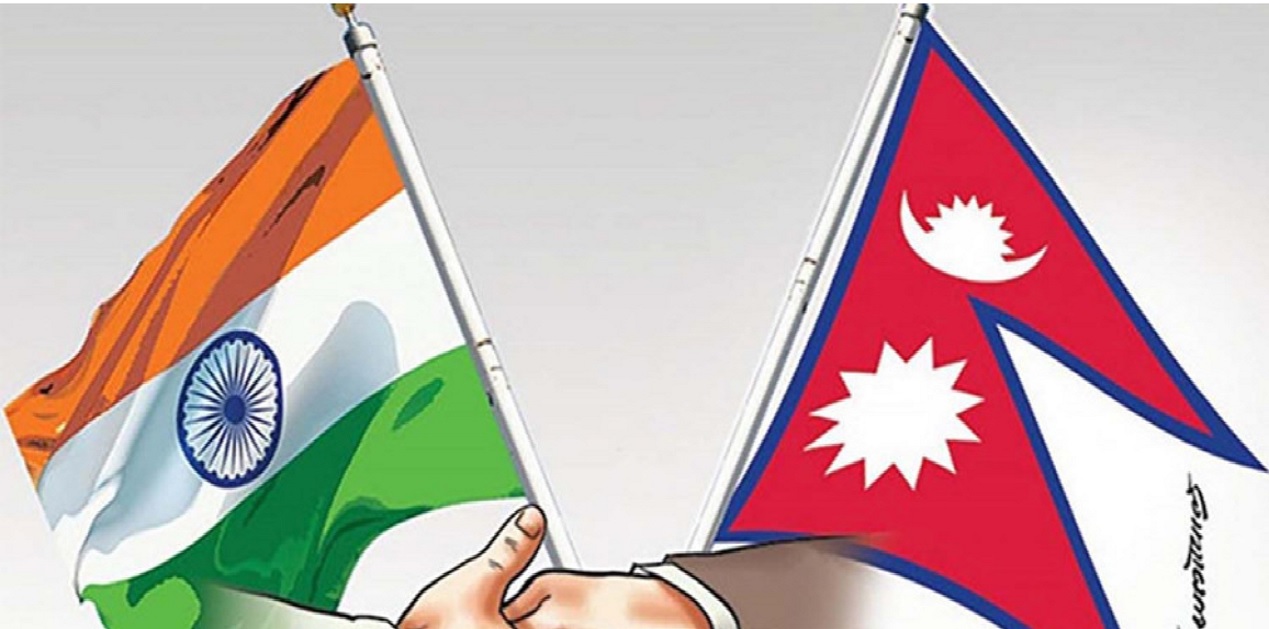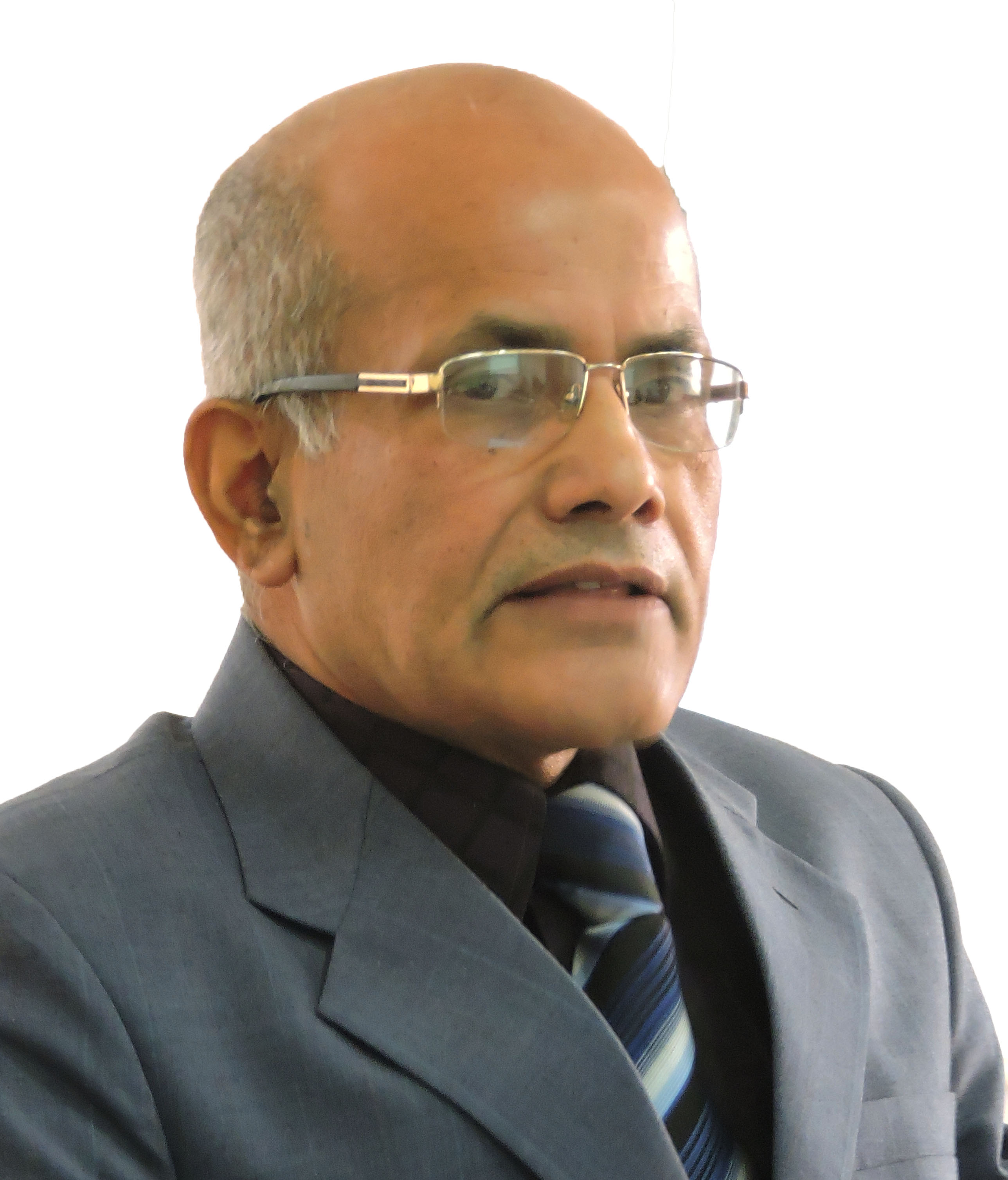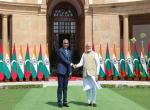Hari Bansh Jha[1]
Recently, Indian External Affairs Minister S. Jaishankar visited Kathmandu on January 4-5 and co-chaired the seventh meeting of the Nepal-India Joint Commission, the highest bilateral mechanism between the two countries. On this occasion, the two countries discussed almost the entire gamut of bilateral relations, including trade and economic intercourse, land, rail and air connectivity, defence and security, agriculture, energy, power, water resources, disaster management, tourism, civil aviation and development partnership. Most importantly, the two countries also signed the four most crucial agreements on January 4 regarding the grant assistance for earthquake victims in Nepal, the export of power to India, budgetary increase for the small development grant, and the launching of a Nepalese satellite through the Indian Polar Satellite Launch Vehicle (PSLV). Some of these agreements could have far-reaching implications for the economic growth of the two countries.
Of the different agreements, the most important was the long-term agreement for the export of up to 10,000 megawatts of power to India in the next 10 years. The agreement will last for 25 years and it is subject to automatic renewal every ten years. Besides, the two countries inaugurated 3 cross-border transmission lines, including 132-kV Raxaul-Parwanipur, 132-kV Kushaha-Kataiya and New Nautanwa-Mainahiya lines for the export of power to India. Presently, the country produces about 3,000 megawatts of power of which the domestic demand is about 1,800 megawatts.
In another landmark agreement, the grant amount for the small development projects (SDPs), now renamed as High-impact Community Development Projects (HICDPS) was increased four times from a mere IRs. 31.25 million to IRs. 125 million. Since 2003, the Indian Embassy in Kathmandu has been financing several projects in the mountains, hills and the Terai region of Nepal for the construction of schools, colleges, health institutions, etc. at the local level under the SDPs.
To avail of a project under the HICDPs, first of all, the local body or the government entity needs to reach the Ministry of Federal Affairs and Local Development of Nepal with the proper project proposal. If the proposal is found appropriate, it is forwarded to the Ministry of Finance, which after its approval recommends it further to the Embassy of India in Kathmandu for implementation on a priority basis. In case, the demand for a project under HICDPs is made through a non-governmental organisation, the project proposal needs to come through the relevant ministries, which is then forwarded to the Ministry of Finance. Once the Ministry gives final approval to the project proposal, it is forwarded to the Indian Embassy for implementation. To ensure the effective utilization of the funds for HICDPs, there is a provision for a separate monitoring mechanism consisting of Nepal government entities and the Indian Embassy in Kathmandu.
An agreement was also signed whereby India offered financial grant assistance of US$75 million to Nepal in support of the November 3 earthquake victims in the Jajarkot and Rukum West districts in Western Nepal for reconstruction-related activities. Even in the past, India had announced $1 billion in grants and loans for the 2015 Gorkha earthquake victims.
Also, the Nepal Academy of Science and Technology (NAST) signed an agreement with New Space India Limited under the Indian Space Research Organization (ISRO) whereby Nepal was allowed to launch a satellite through India’s Polar Satellite Launch Vehicle (PSLV). It is for the first time that with India’s support, Nepal will be able to exhibit its presence in the space and benefit by collecting needed data in the space.
Commenting on the agreement reached with India, especially in the energy sector, Prime Minister Pushpa Kamal Dahal said it was a milestone and a quantum leap for Nepal. He was confident that it would pave the way for the country’s energy trade with Bangladesh through the Indian grid. He categorically said, “The main thing is that an agreement has been made by which India will buy 10,000 megawatts of power in 10 years... It is not necessary to have any doubts, and the implementation of the agreement will also be only in Nepal’s interest.” India is prepared to buy power produced by Nepalese developers from any company registered in Nepal.
Nevertheless, certain elements in the country expressed concern about the way Nepal allowed the per-project budget increase from Rs. 31.25 million to IRs. 125 million.
CPN-UML Deputy General Secretary and former foreign minister Pradeep Gyawali said that the HICDP agreement was against the spirit of the constitution that bars the local and provincial governments from seeking direct foreign assistance. He said, “This kind of arrangement would foster a rent-seeking mentality among our local units, leading them to queue up at the embassy for assistance.” Moreover, CPN-UML General Secretary Shankar Pokhrel opposed it on the ground that the main opposition party was not consulted before the joint commission meeting. Former Foreign Minister Kamal Thapa also opposed the HICDPs saying that the government’s decision to allow India to invest up to IRs. 125 million is “akin to allowing it to run a parallel government in Nepal.”
It would be misleading to say that India alone would decide on the projects up to IRs. 125 million investment. The fact is that Nepal’s role in such a decision is equally important. There has been no change in the guidelines, modality and terms of reference of projects under HICDPs as compared to the SDPs that were acceptable to all the governments ever since its implementation in 2003. Whether under the SDPs or the HICDPs, the projects are selected and implemented jointly by the Nepalese and Indian authorities. India alone cannot make any decision in the matter while implementing projects under SDPs/HICDPs.
Despite the grievances expressed by certain quarters, especially about HICDPs, the common people of Nepal welcomed the agreements signed between Nepal and India as they found them in the best interest of the two countries. Especially, the agreement between the two countries in the power sector is a historical one. It provides a solid ground for developing power and its export in India and Bangladesh, which would help Nepal to bridge a trade deficit with India worth US$7 billion. It will also help India to receive clean and green energy in place of coal-based polluting energy. This is a win-win situation for both Nepal and India.
References
[1]Jha is Executive Director of Centre for Economic and Technical Studies (CETS), Kathmandu, Nepal
(The paper is the author’s individual scholastic articulation. The author certifies that the article/paper is original in content, unpublished and it has not been submitted for publication/web upload elsewhere, and that the facts and figures quoted are duly referenced, as needed, and are believed to be correct). (The paper does not necessarily represent the organisational stance... More >>
Image Source: https://kathmandupost.com/national/2023/11/02/nepal-and-india-may-sign-long-term-power-trade-agreement-later-this-month











Post new comment